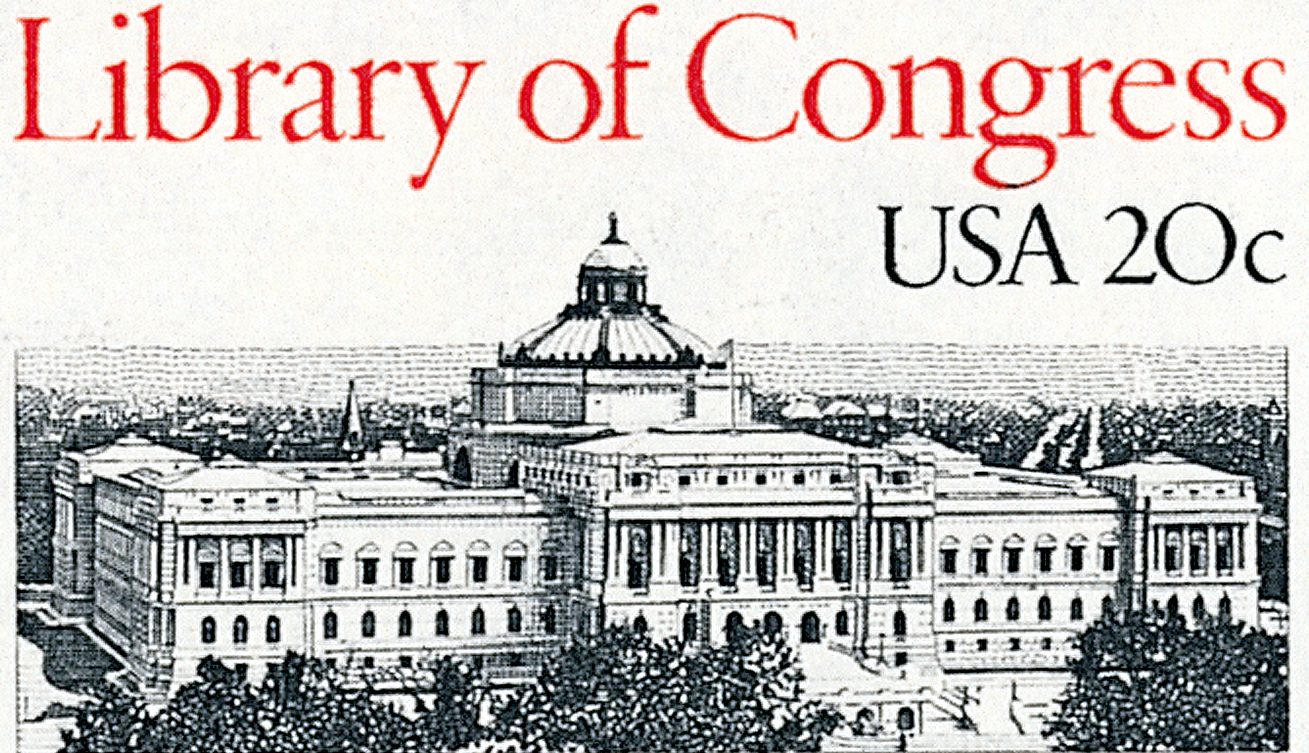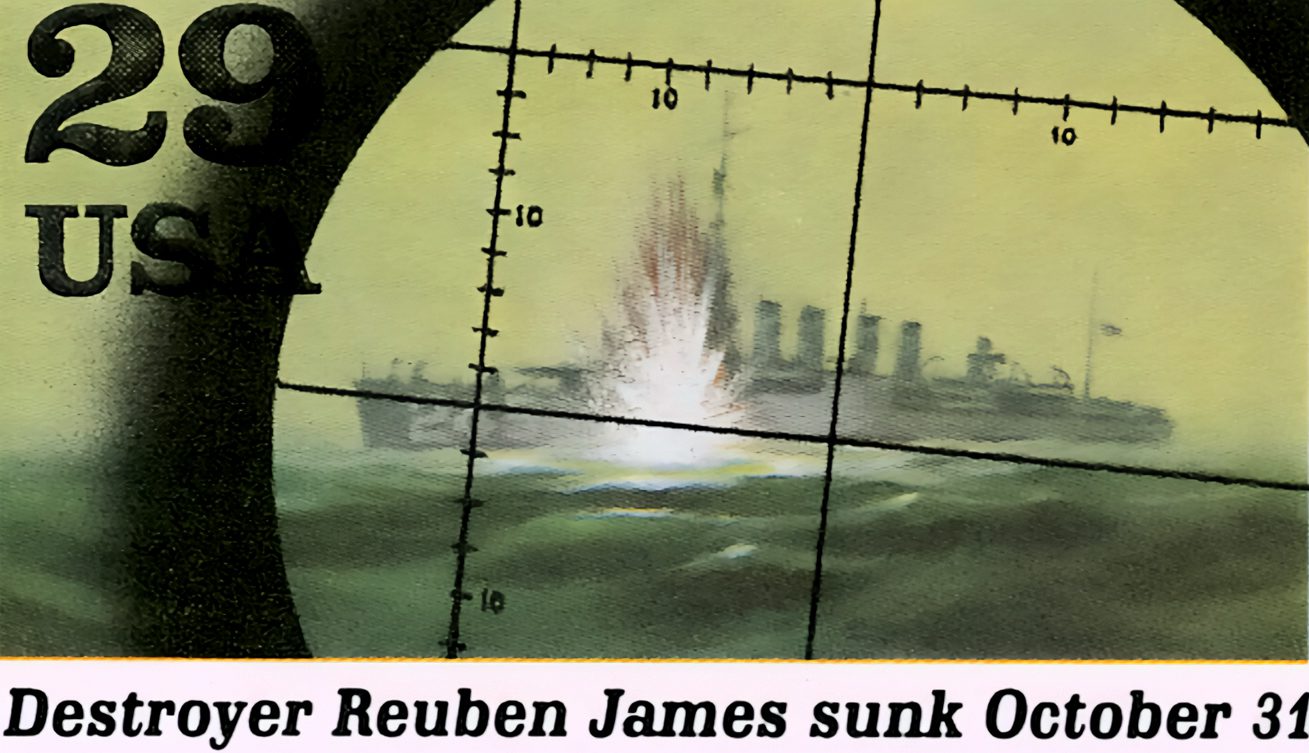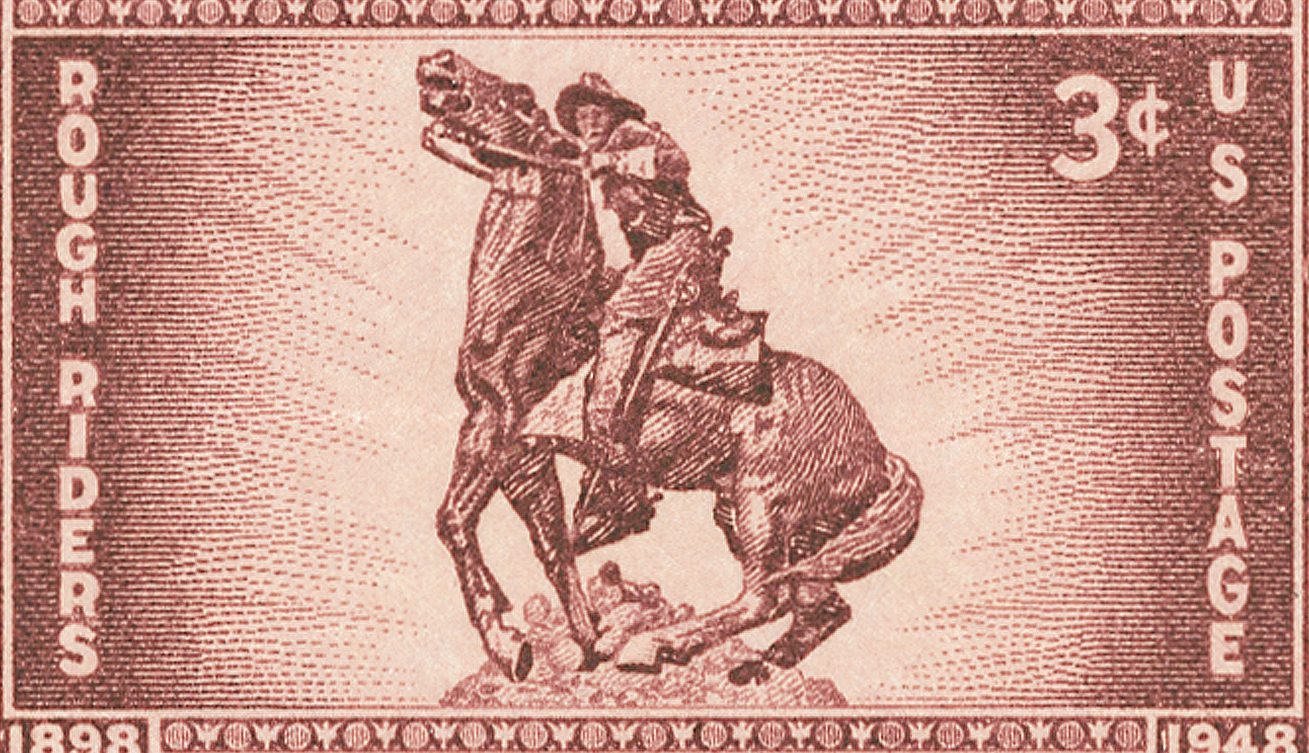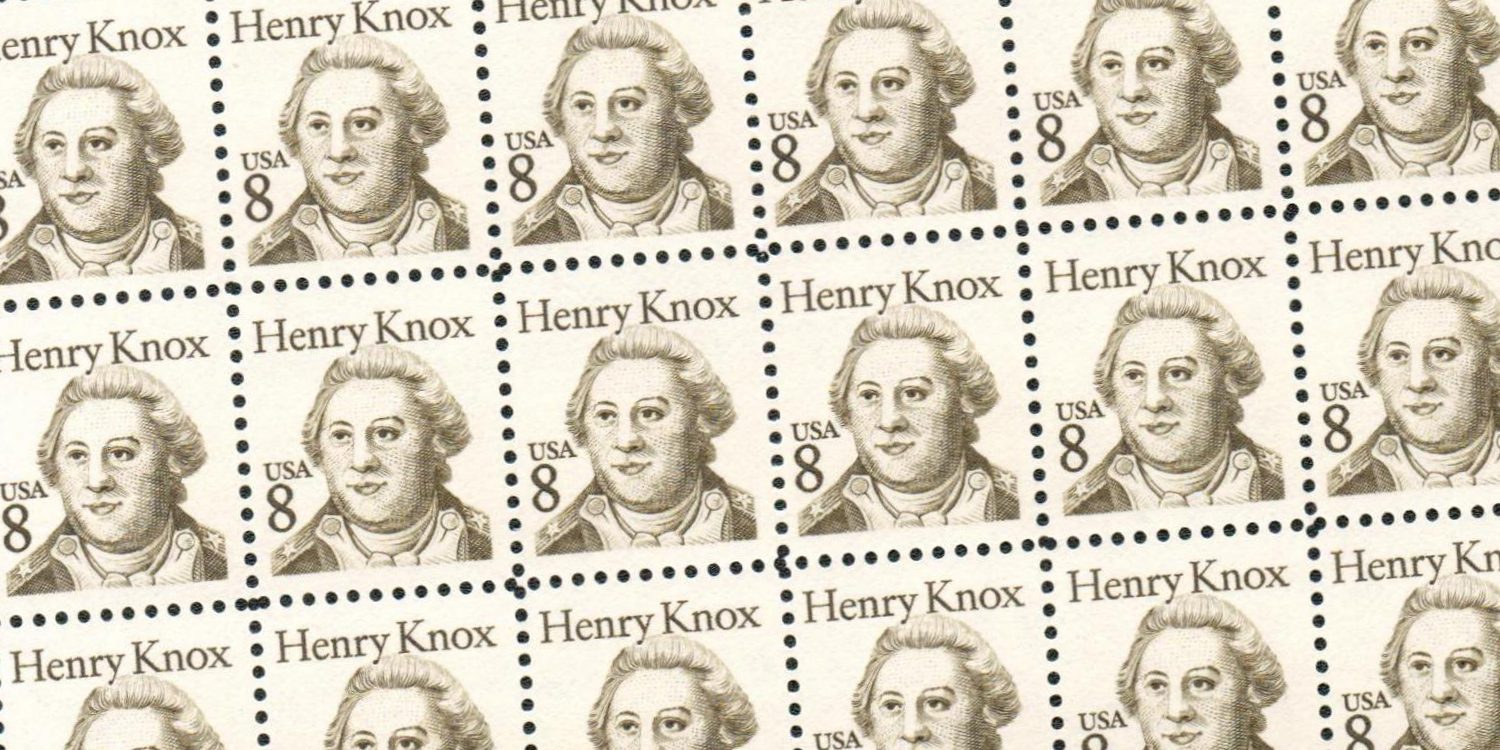South Dakota Admitted to the Union
On November 2, 1889, South Dakota became the 40th state in the Union. Its admission marked the culmination of decades of westward expansion, frontier settlement, and shifting territorial boundaries that shaped the northern Great Plains into a permanent part of the United States.









